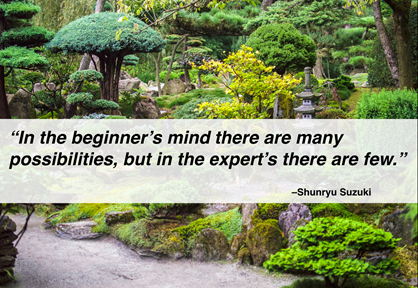6 Easy Facts About Circularly Polarized Luminescence Explained
Table of ContentsUv/vis Fundamentals ExplainedSpectrophotometers Can Be Fun For EveryoneExcitement About Uv/vis/nirEverything about Uv/vis/nirEverything about Spectrophotometers

Although spectrophotometry is most frequently used to ultraviolet, visible, and infrared radiation, modern spectrophotometers can question wide swaths of the electro-magnetic spectrum, including x-ray, ultraviolet, visible, infrared, and/or microwave wavelengths. Spectrophotometry is a tool that hinges on the quantitative analysis of molecules depending upon just how much light is taken in by colored substances.
The 6-Second Trick For Spectrophotometers
A spectrophotometer is frequently utilized for the measurement of transmittance or reflectance of services, transparent or opaque solids, such as sleek glass, or gases. Lots of biochemicals are colored, as in, they take in visible light and therefore can be measured by colorimetric procedures, even colorless biochemicals can typically be transformed to colored substances suitable for chromogenic color-forming reactions to yield compounds ideal for colorimetric analysis.: 65 Nevertheless, they can likewise be created to determine the diffusivity on any of the noted light varieties that generally cover around 2002500 nm utilizing different controls and calibrations.
An example of an experiment in which spectrophotometry is used is the determination of the equilibrium constant of a solution. A specific chain reaction within a solution might happen in a forward and reverse instructions, where reactants form products and items break down into reactants. At some time, this chain reaction will reach a point of balance called a balance point.
The 4-Minute Rule for Circular Dichroism
The amount of light that goes through the option is indicative of the concentration of specific chemicals that do not allow light to pass through. The absorption of light is due to the interaction of light with the electronic and vibrational modes of molecules. Each kind of particle has an individual set of energy levels connected with the makeup of its chemical bonds and nuclei and therefore will soak up light of particular wavelengths, or energies, resulting in special spectral properties.
Using spectrophotometers covers numerous scientific fields, such as physics, materials science, chemistry, biochemistry. UV/Vis, chemical engineering, and molecular biology. They are widely utilized in lots of industries including semiconductors, laser and optical manufacturing, printing and forensic assessment, as well as in labs for the study of chemical compounds. Spectrophotometry is frequently utilized in measurements of enzyme activities, determinations of protein concentrations, determinations of enzymatic kinetic constants, and measurements of ligand binding reactions.: 65 Eventually, a spectrophotometer is able to determine, depending upon the control or calibration, what compounds exist in a target and exactly how much through estimations of observed wavelengths.
Created by view it Arnold O. Beckman in 1940 [], the spectrophotometer was produced with the help of his associates at his company National Technical Laboratories founded in 1935 which would end up being Beckman Instrument Business and ultimately Beckman Coulter. This would come as a solution to the previously developed spectrophotometers which were not able to absorb the ultraviolet properly.
The Greatest Guide To Circular Dichroism
It would be discovered that this did not give satisfying results, therefore in Design B, there was a shift from a glass to a quartz prism which permitted much better absorbance results - circular dichroism (https://www.quora.com/profile/Julie-Ann-DeSa-Lorenz). From there, Model C was born with a modification to the wavelength resolution which ended up having three units of it produced
It was produced from 1941 to 1976 where the cost for it in 1941 was US$723 (far-UV accessories were a choice at additional cost). In the words of Nobel chemistry laureate Bruce Merrifield, it was "most likely the most important instrument ever developed towards the improvement of bioscience." Once it ended up being terminated in 1976, Hewlett-Packard produced the first commercially readily available diode-array spectrophotometer in 1979 referred to as the HP 8450A. It irradiates the sample with polychromatic light which the sample soaks up depending on its properties. Then it is transmitted back by grating the photodiode variety which identifies the wavelength area of the spectrum. Ever since, the production and execution of spectrophotometry devices has actually increased immensely and has actually turned into one of the most innovative instruments of our time.

Uv/vis/nir Things To Know Before You Buy
The grating can either be movable or repaired.
In such systems, the grating is repaired and the intensity of each wavelength of light is measured by a different detector in the array. When making transmission measurements, the spectrophotometer quantitatively compares the fraction of light that passes through a referral service and a test service, then digitally compares the intensities of the two signals and calculates the portion of transmission of the sample compared to the referral standard.
